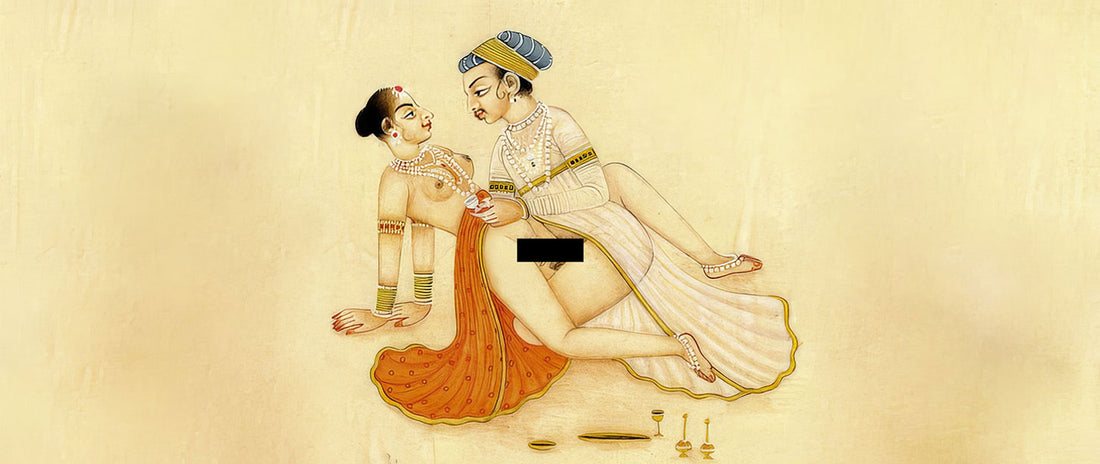
Mystical Eros: Kamasutra, the secret teachings of the Hindu tradition
Alessandro RusticelliLove Manual
The Kama Sutra is an ancient Indian text usually attributed to Vatsyayana, a philosopher who lived in present-day Bihar, eighteen centuries ago. Many believe that this work is a simple erotic manual, where the various techniques of the ars amatoria are described with eloquent images. In reality, the Kama Sutra is much more than this, in fact only a small portion of the text is dedicated to the famous love positions, while the rest deals with different aspects of the intimate life of individuals and couples. The Kama Sutra includes reflections on themes that are still of great interest today, such as the role of pleasure in psychophysical balance, seduction strategies and "tricks" to keep desire alive even after years of marriage.

The school of thought that gave rise to the Kama Sutra is very ancient and dates back to the Upanishads. It also inspired the esoteric doctrines of Tantra , the epic literature of the Bhagavata Purana and the sexually explicit sculptures of the Khajuraho temple in Madhya Pradesh. Hinduism's interest in sexuality arouses in us "modern" people, feelings that are at the very least contrasting: on the one hand, we are shocked at the thought that sex can be associated with the sacred, on the other, we are enthusiastic about the open-mindedness of a people who were not afraid to explore the body and considered pleasure a mystical experience.

However, to truly understand the meaning of the Kama Sutra we cannot stop at the erotic aspect. In Hindu culture, in fact, the philosophy of love was one of the three main human sciences, together with the study of religion and political strategy. The Kama Sutra, while focusing on only one of these themes, never loses sight of the others, aiming to provide the reader with useful advice for finding a balance between the various aspects of life.
In this treatise, sexuality is considered a fundamental aspect of existence and the study of the factors that trigger passions provides the reader with the "recipe" for a perfect intimate and emotional experience. According to the author of the Kama Sutra, in fact, the human being has the precise duty to pursue a harmonious self-realization, without neglecting any aspect of his life. For this to be possible, he must take equal care of the four fundamental areas of existence: dharma (moral duties), artha (physical and economic well-being), kama (pleasure and love) and finally moksa (liberation from samsara). In a certain sense we could interpret these four aspects of living (purusharta) as the pillars of a true "culture of well-being", which in the Hindu tradition depends on the subtle balance of body, mind and soul. The fundamental message of the Kama Sutra is simple: desire is the purest expression of our vitality, we cannot repress it and much less abandon it to itself. True wisdom, the kind on which a healthy and fulfilling existence is based, is the ability to fully experience pleasure without harming body and spirit.
Fun fact: The Kama Sutra was a text recommended not only to men, but also to brides-to-be and girls of marriageable age. Through the study of the 64 love positions, women could better satisfy their future husbands and at the same time discover the desires and inclinations of their own personality.
The Awakening of the Serpent
Although Hinduism - as well as Buddhism - has recognized the potentially dangerous nature of desire, it has never condemned this feeling. On the contrary, it has always emphasized its poietic force, even going so far as to venerate it. For the entire Eastern tradition, in fact, the problem is not pleasure, but rather attachment to ephemeral satisfactions. Indian culture has always encouraged man to enjoy the pleasures of life and of his own body, learning however to abandon them without regrets at the right moment.
Curiosity: the seventh book of the Kama Sutra is dedicated to esoteric sex, that is, the use of ointments, herbs and even magical recipes capable of stimulating excitement and the achievement of pleasure.
From the very beginning, the mythological figure of Kama, the god of desire, has occupied a leading role in Hindu literature. In the Vedas, for example, he is described as a universal force, capable of arousing in Brahma himself the impulse to create. At the time of the Vedic hymns and the first Upanishads, desire was considered the primary cause of the differentiation of phenomena from the One and the ancient texts depicted it as a timeless power that acted on the minds of men from the outside. With the maturation of Indian philosophical thought, the analysis of passions became increasingly psychological: Kama was then interpreted as a psychophysical energy, the most important and profound of the forces that move the psyche. In the classical period, desire was considered the cause of every action and for this reason it represented a key element of the karmic process, that is, the perpetuation of the cycle of rebirths. In other words, it was believed that it was the task of the conscience to recognize the impulses and direct them in the way most useful for the pursuit of true happiness, that which transcends the momentary satisfaction of the individual ego. If we look closely, Indian culture winks at very modern concepts such as appropriation and sublimation, which only with the advent of psychoanalysis have made inroads into the Western mentality. In fact, our society has always considered desire as a danger and a lack rather than a possibility, taking centuries to appreciate its positive aspects.

In India, on the contrary, desire and sexuality have always been considered an expression of a primordial energy that connects the macrocosm and the microcosm. Tantra even celebrates the creative power of sexuality, proposing to exploit its energy through highly ritualized practices. It will probably sound disappointing to the ears of the most libertine, but the true purpose of the techniques used in this school is not pleasure, but rather the ability to stimulate excitement, considered a vivifying force that acts as a switch for the awakening of the Kundalini.
Curiosity: even in Taoism there are practices to channel and transform sexual energy. In some Chinese texts it is explained that orgasm dissipates energy (Qi); the latter, instead, should be retained in the body and re-channeled towards other organs and functions. The analogies between certain Taoist practices and Kundalini Yoga are surprising, although little known.
The power of orgasm has been a much debated topic in the West, especially in the last century; in particularWilhelm Reich , a student of Freud, believed that the repression of sexual energies could create physical rigidities that were reflected in behavioral inhibitions. He called these phenomena "character armor" and was convinced that only by involving the body in the therapeutic process would it be possible to free the blocked energies. Reich, in the course of his analyses, tried to identify the rigidities that pervaded not only the physical, but the entire being of the patient, considering them the sign of a defense against negative feelings associated with the expression of intimacy.

According to him, in fact, when life experiences cause a suppression of desire, the only possible alternative is to hold everything inside oneself, closing oneself to the experience. His therapeutic method, a forerunner of modern bioenergetics, was designed to help patients overcome the muscular blocks that prevented them from experiencing the liberating force of pleasure, absolutely central to mental health.
Fun fact: in many Asian cultures, erotic sculptures are widespread, depicting various deities engaged in sexual intercourse. In Tantra, the gods involved are very often Bhairava and Kali: the first is a symbol of knowledge, while the sensual goddess Kali represents the energy of the universe. Their embrace is an expression of the reunion of the human and the divine, a common goal of Tantra and Yoga.
Not only for Reich, but for the whole of Western psychology it is a fact that the tensions of the soul are expressed in the body and those of the relationship in sexuality. The Eastern tradition was aware of this fact many centuries ago, however its main objective was not sexual liberation, but rather the effort to give life to an alchemy of the energies involved in excitement and pleasure. Tantra is certainly the best known example of similar practices for us Westerners. This school tries to direct the creative force that is in each of us (desire) towards goals of a spiritual nature, first of all access to new states of consciousness.

In Hindu and Buddhist iconography - the Tibetan one is splendid - the loving union of the divinities represents the intent to combine intellectual wisdom and physical energy, opening up to a new dimension of living. An ancient Hindu saying goes: "in the tantric path enjoyment becomes yoga, vice becomes virtue and the world - otherwise considered the cause of slavery - becomes a means for liberation". In conclusion, the Indian reflection on sexuality reveals to us that desire lacks nothing: it is a primordial and positive force, capable of creating what did not exist before. It is up to each of us to know how to exploit it in the most correct way to achieve not only physical satisfaction but also the realization of the Self.

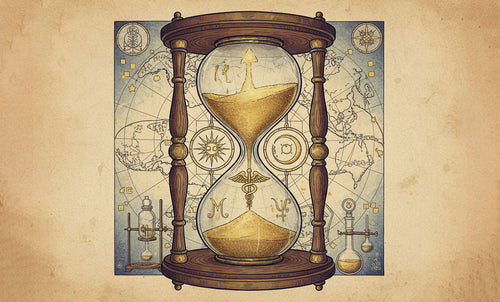
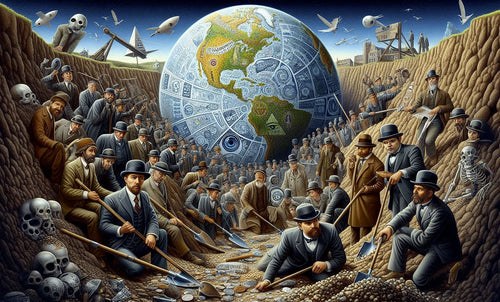

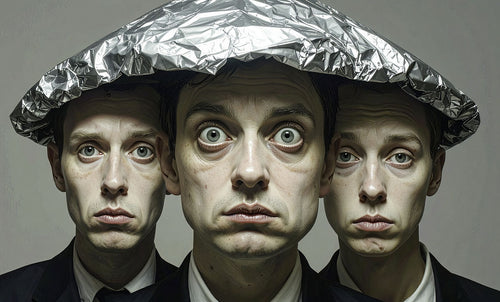
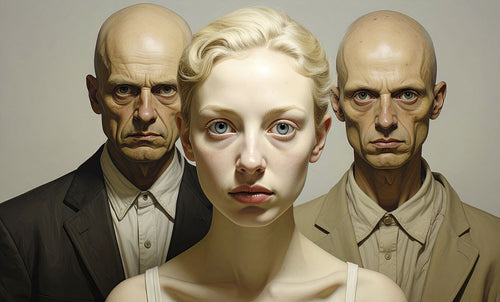
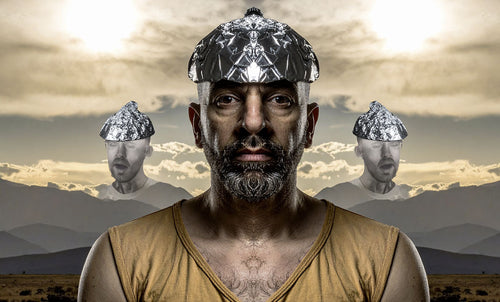
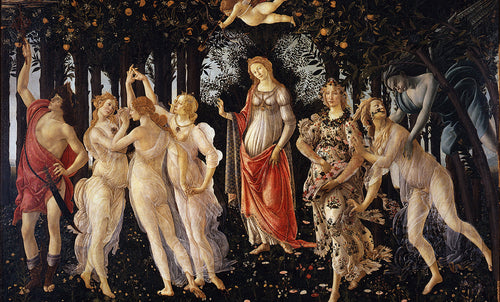
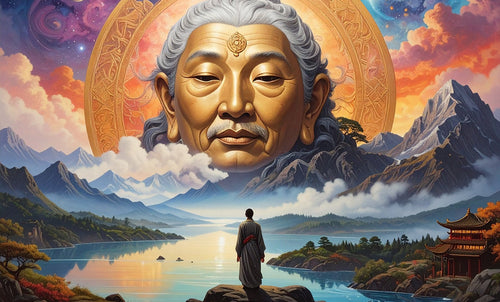
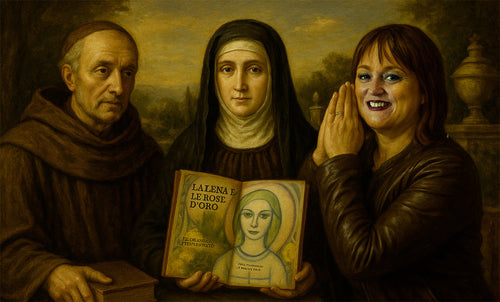



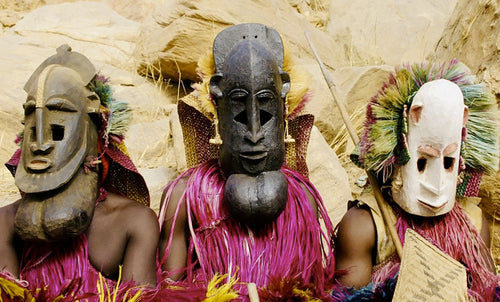


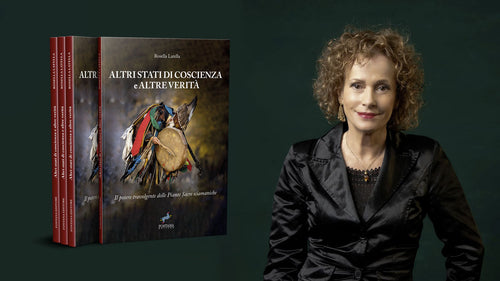


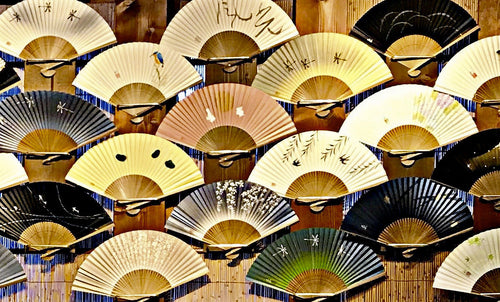
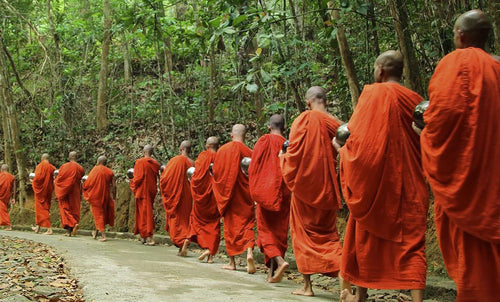
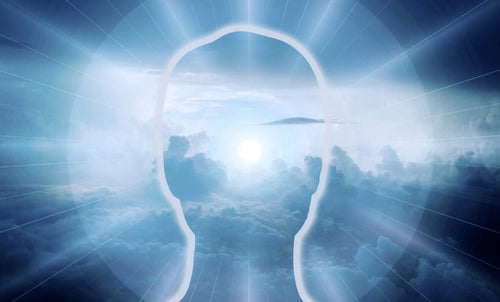

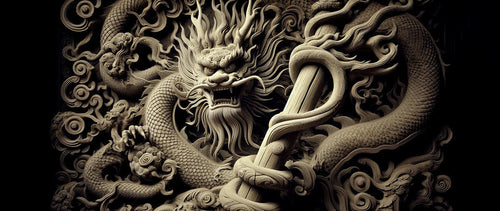
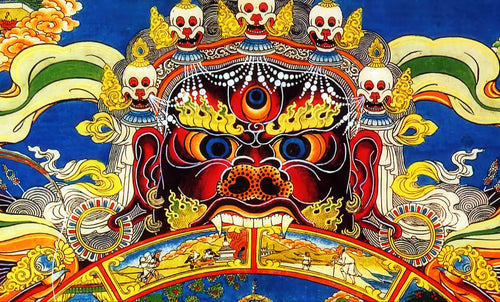
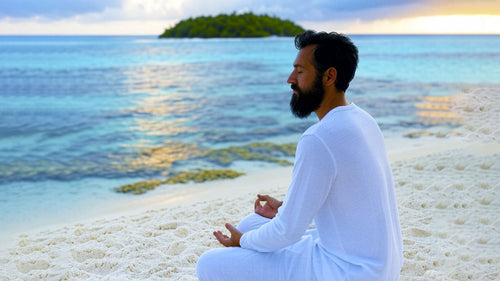
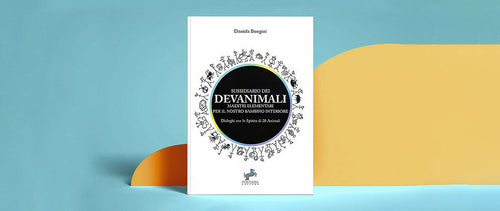
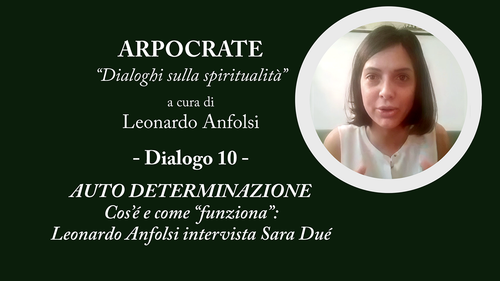

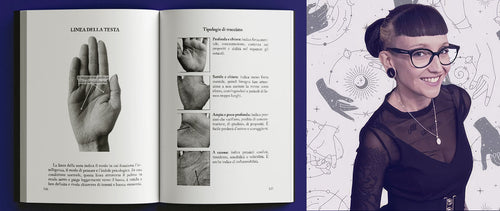

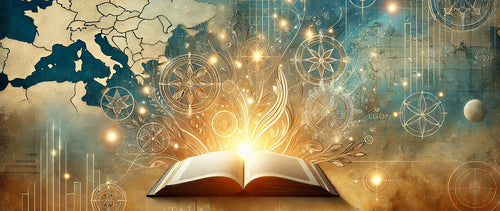
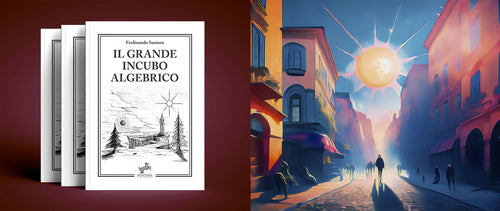
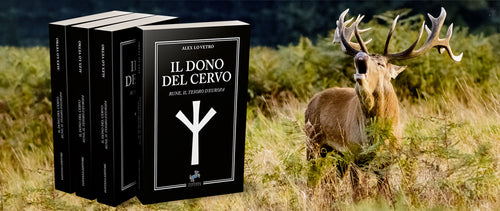
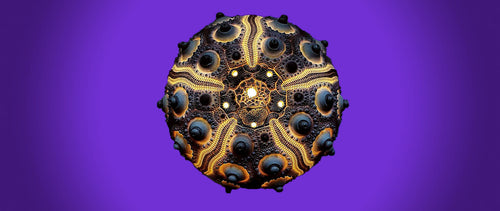





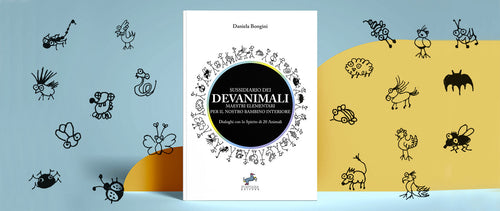

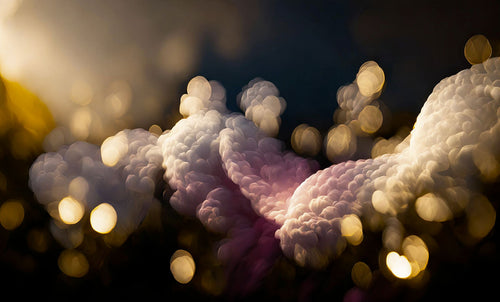
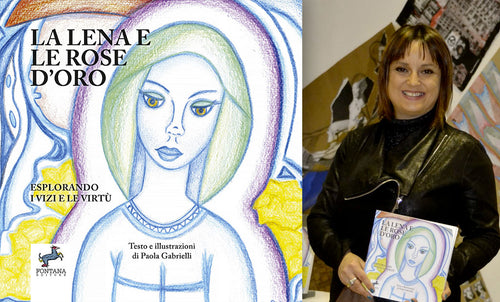

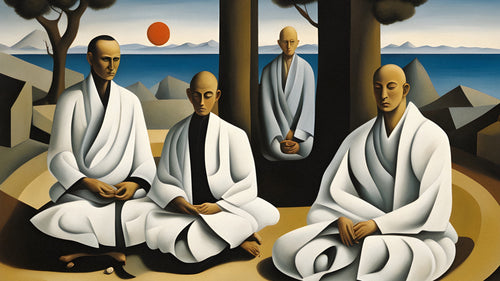
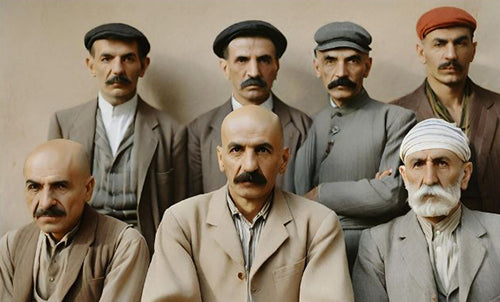

1 comment
In questo articolo si confonde il kamasutra (& Khajuraho immancabile) con il tantrismo e il tantrismo con Reich; il primo è stato scritto per i crudeli e ingestibili principi mogul, la seconda è una religione sviluppata per liberarsi e giungere al risveglio mistico, la terza è una ricerca di confine. Questo articolo mi pare un poco confuso.